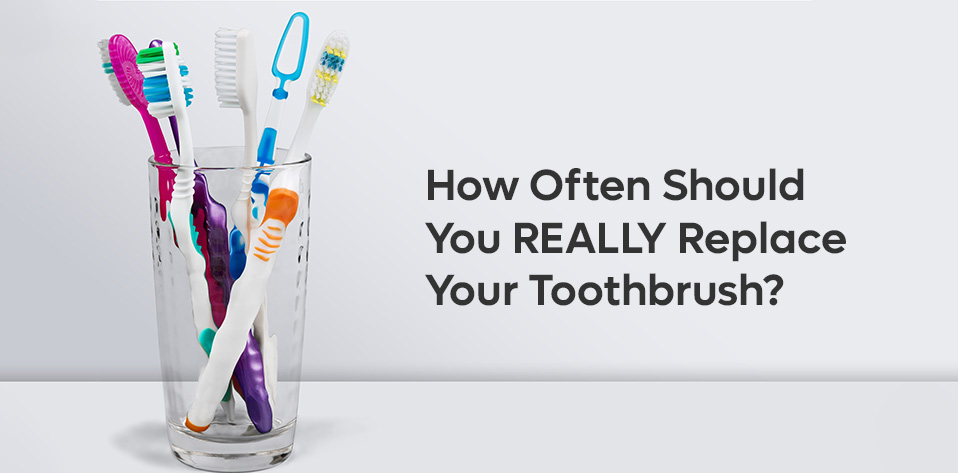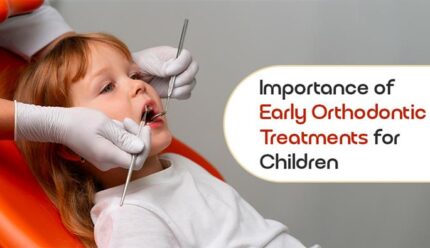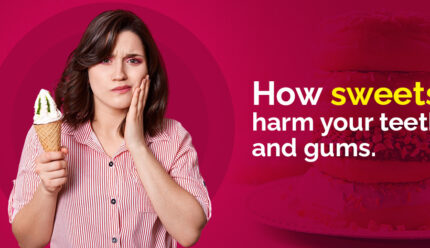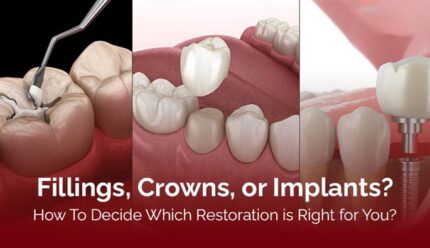
Brushing is a daily habit. We all know the basics of good oral hygiene are brush twice a day, floss daily and see your dentist regularly. But there’s a crucial, often forgotten part of the equation is your toothbrush.
You might think as long as the bristles are there, it’s doing its job. The reality? An old, worn out toothbrush is not only less effective at cleaning but can also be a breeding ground for germs. So, how often should you really replace it?
This isn’t just marketing by toothbrush companies. This timeline is based on two key factors:
Bristle Wear: Over time, the bristles on your toothbrush fray, bend, and splay. They lose their rigidity and capacity to efficiently remove plaque and food particles from your teeth and gums. A fresh toothbrush can remove up to 30% more plaque than a three month old one.
Germs Buildup: The millions of germs in your mouth are constantly in contact with your toothbrush. Germs and other bacteria can grow on the bristles even after thorough washing. Even while your mouth has a healthy microbiome of its own, it is not a good idea to introduce germs from an old toothbrush because this can cause re-infection, especially after a medical condition.
Signs that it’s time for a new brush
Although the three-month rule is an excellent guideline, there are instances when it is necessary to replace your toothbrush sooner. Consider the signs;
Frayed, bent, or splayed bristles are the most visible indication. If the bristles are no longer standing straight and appear to have had a bad hair day, they cannot clean your teeth correctly. This is another a symptom that you may be brushing too hard, which you should discuss with your dentist.
If you brush for the recommended two minutes but your teeth still feel rough or like they’re covered in a film, your toothbrush is likely no longer effective at scrubbing away plaque.
Whether it’s a cold, the flu, strep throat, or any other illness, replace your toothbrush as soon as you feel better. Viruses and bacteria can linger on the bristles, putting you at risk for reinjection.
If your toothbrush smells bad, it’s a clear indication that it’s hosting a party for bacteria and possibly mold. Just toss it.
If the last time you bought a new toothbrush is a distant memory, it’s definitely time for an upgrade. A new, fresh brush is one of the easiest and most affordable ways to protect your oral health.
What should you check for when you’re ready to get a new one?
The majority of dentists recommend using a toothbrush with soft bristles. Hard bristles may harm tooth enamel and irritate the gums, causing recession.
Choose a brush head that fits comfortably in your mouth and allows you to access all areas, including your back molars.
Manual or electric, both are great cleaning tools when used correctly. Electric toothbrushes are frequently more efficient and can be especially beneficial for people who have limited mobility or struggle to brush for the whole two minutes.Many electric models include timers and pressure sensors to help you improve your technique.
Do not allow a simple tool ruin your complete dental care routine. Keeping a fresh toothbrush on hand is a simple, affordable move that can significantly improve the health of your smile. If you have ongoing issues, a dental specialist in Kochi, can help you understand what’s going on and recommend the best treatment option.

Importance of Early Orthodontic Treatments for Children

How sweets harm your teeth and gums

Fillings, Crowns or Implants- How to Decide Which Restoration is...

Why Do You Need a Root Canal? Common Signs &...

Five New Members Elected To College Of General Dentistry Council

College Council election results

College of General Dentistry – Council Elections Now Open

The Future of Dentistry: Innovations Transforming Oral Healthcare

Choosing the Right Dental Clinic: What to Look for in...

How Oral Health Impacts Your Overall Well-being